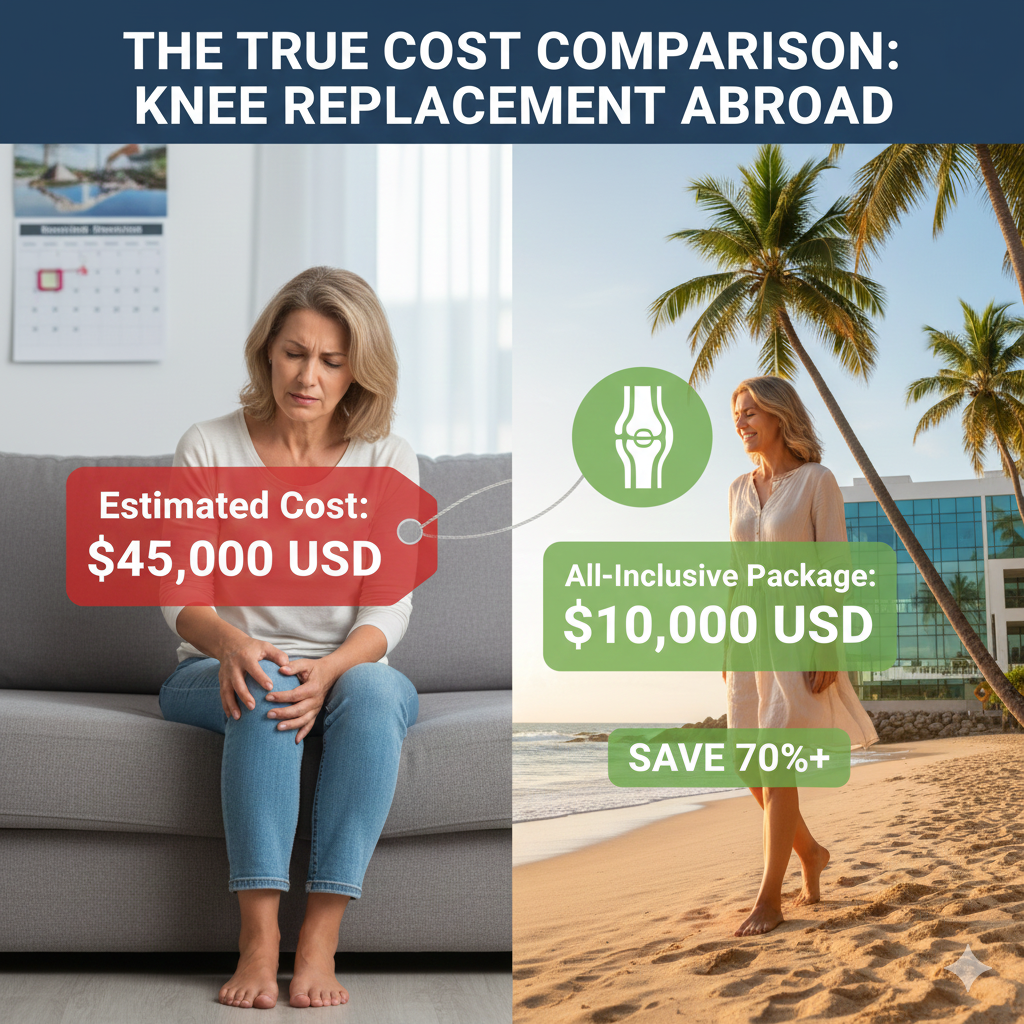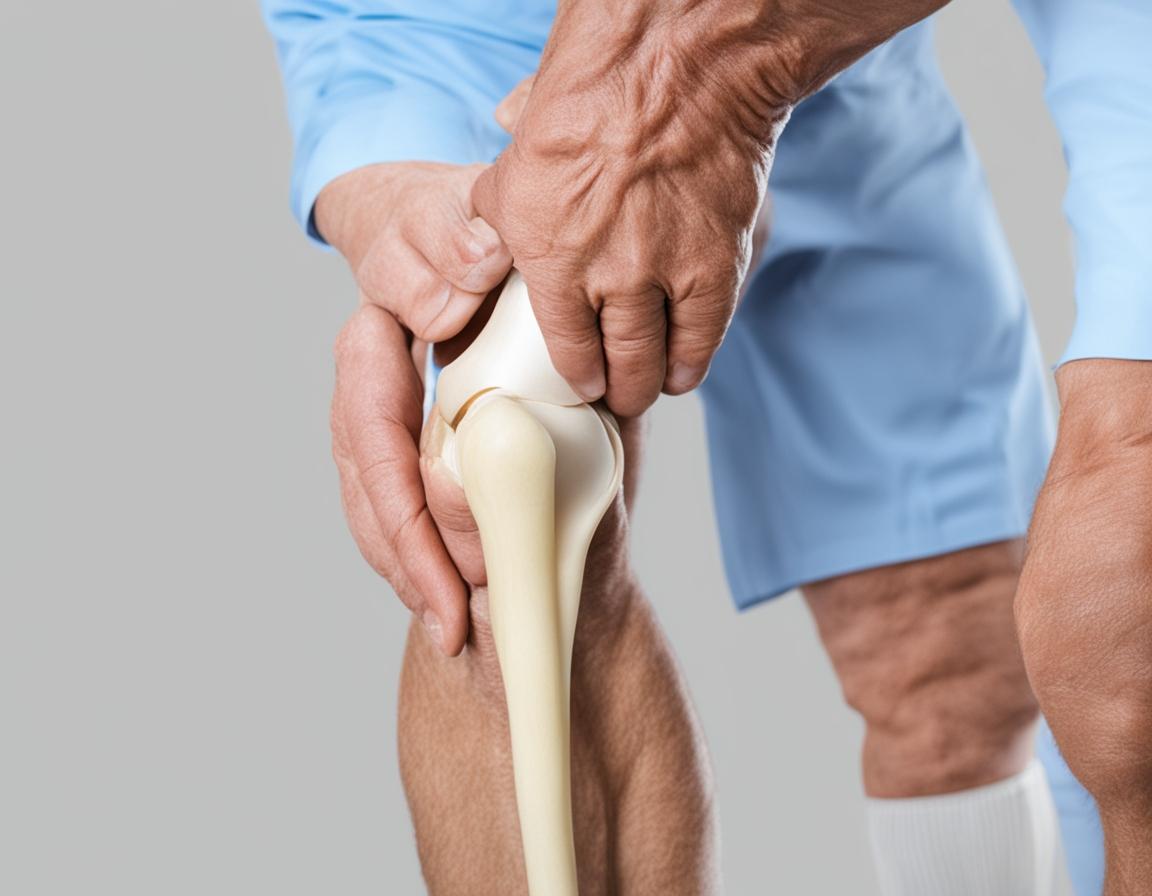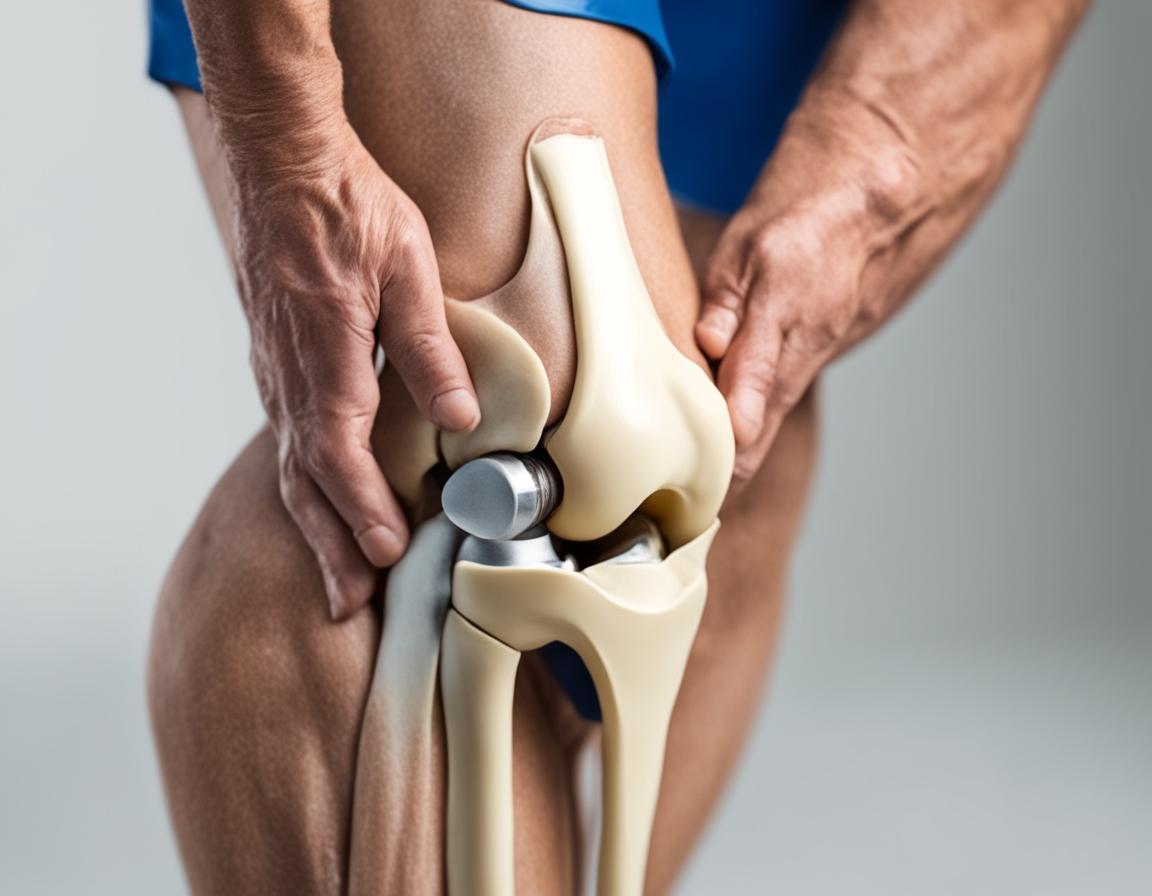
Partial vs Total Knee Replacement: Which One Do You Need?
Knee pain and function loss due to arthritis or injury can severely impact quality of life. When conservative treatments such as medication and physical therapy no longer provide relief, knee replacement surgery becomes a viable option. There are two main types: partial knee replacement (PKR) and total knee replacement (TKR). Understanding the differences, benefits, and drawbacks of each helps patients make well-informed decisions.
This comprehensive guide explains everything you need to know about partial and total knee replacement surgeries—when each is appropriate, the surgical process, recovery, and long-term outcomes, based on the latest medical practices in 2025.
Understanding Knee Anatomy and Replacement Types
The knee joint has three compartments:
-
Medial compartment — inside part of the knee
-
Lateral compartment — outside part of the knee
-
Patellofemoral compartment — front part below the kneecap
-
Partial Knee Replacement: Only the damaged compartment (usually medial or lateral) is replaced. The healthy cartilage, bone, and ligaments (including the anterior cruciate ligament, ACL) are preserved.
-
Total Knee Replacement: All three compartments are replaced with prosthetic components. This is typically recommended when multiple compartments are damaged.
When Is Partial Knee Replacement Appropriate?
Partial knee replacement is suitable for patients with:
-
Arthritis confined to a single compartment of the knee
-
Functional and intact ACL (important for knee stability)
-
Good range of motion and alignment
-
Minimal deformity of the knee joint
Historically, only 5-10% of patients qualified, but with advances in robotic-assisted surgery and imaging, this has increased to approximately 25%.
Benefits of Partial Knee Replacement
-
Less invasive: Smaller incision and less bone removal
-
Preserved ligaments: Keeping the ACL means a more “natural” knee feel
-
Faster recovery: Lower postoperative pain, shorter hospital stay, and quicker return to activities
-
Better function: Many report more natural knee movement and better proprioception
-
Lower complication rates: Less risk of infection and blood clots
Drawbacks of Partial Knee Replacement
-
Technically demanding; requires high surgical precision
-
Suitable only if arthritis is limited to one compartment
-
Greater risk of osteoarthritis progression in the untreated compartments, potentially requiring revision surgery later
-
Slightly higher chance of needing a second surgery compared to total replacement
When Is Total Knee Replacement Recommended?
Total knee replacement is indicated if:
-
Arthritis affects two or all three compartments of the knee
-
Knee deformity is significant (varus or valgus alignment)
-
The ACL is damaged or absent
-
The patient has severe pain and loss of function
It is a more comprehensive solution designed to relieve pain and restore function in extensively damaged knees.
Benefits of Total Knee Replacement
-
Effective pain relief: Addresses widespread joint damage comprehensively
-
Long-term durability: Implants typically last 15-20 years or more
-
Suitability: Applicable to a broader patient group with varied disease severity
-
Established procedure: Benefit from extensive clinical experience and outcomes research
Drawbacks of Total Knee Replacement
-
More invasive with a larger incision and bone removal
-
Longer hospital stay and prolonged rehabilitation
-
Possible loss of ACL, leading to different knee biomechanics
-
Increased risk of complications such as infection, blood clots, and stiffness
-
Slightly slower recovery compared to partial replacement
Surgical Techniques and Technological Advances
Modern knee replacements benefit from innovations such as:
-
Robotic-assisted surgery: Enhances precision for implant alignment and soft tissue balancing, crucial in partial replacements.
-
3D imaging and planning: Improves customization for implant fit and joint mechanics.
-
Minimally invasive approaches: Reduce trauma and enhance recovery.
Such advances have improved both PKR and TKR outcomes in 2025.
Recovery Timelines
-
Partial Knee Replacement: Patients often walk with assistance the day after surgery, resume normal walking in 2-3 weeks, and can return to work and low-impact activities within 4-6 weeks.
-
Total Knee Replacement: Initial walking with support usually begins within 24-48 hours, but full recovery including driving, work, and exercises can take 3-6 months.
Success Rates and Longevity
-
Partial Knee Replacement: 85-90% implant survival at 10 years, with excellent patient satisfaction if well-selected.
-
Total Knee Replacement: 90-95% survival at 15 years, established as a durable solution especially for advanced disease.
Patient lifestyle, activity level, and surgical technique impact these outcomes.
Making the Right Choice
Deciding between partial and total knee replacement should involve:
-
Detailed diagnostic imaging and clinical examination
-
Assessment by an experienced orthopedic surgeon
-
Discussion of risks, benefits, and patient preferences
Candidates for partial replacement enjoy quicker recovery and retain more natural knee function, but total replacement may be necessary for extensive arthritis.
Conclusion
Both partial and total knee replacements have important roles in restoring knee function and relieving pain. Advancements in surgical technology have expanded eligibility and improved outcomes, giving patients more tailored treatment options than ever before.
Consulting with an orthopedic specialist is essential to evaluate your knee condition thoroughly and determine the best surgical approach. With informed decisions and diligent postoperative care, you can look forward to regaining mobility and an active lifestyle in 2025 and beyond.










